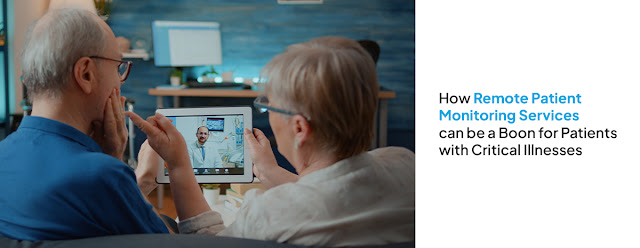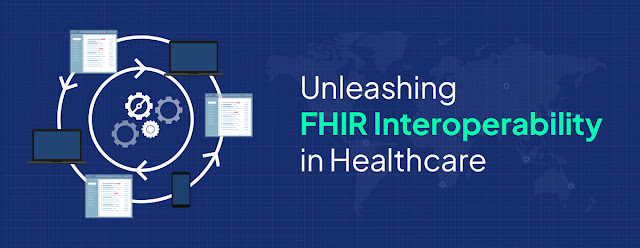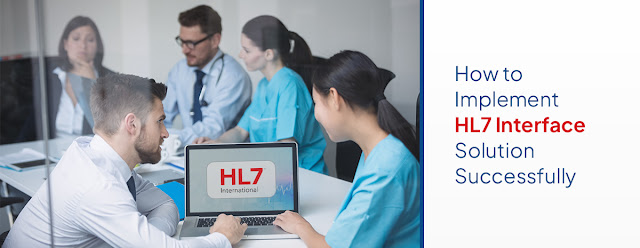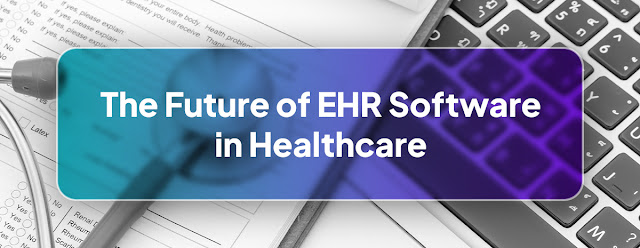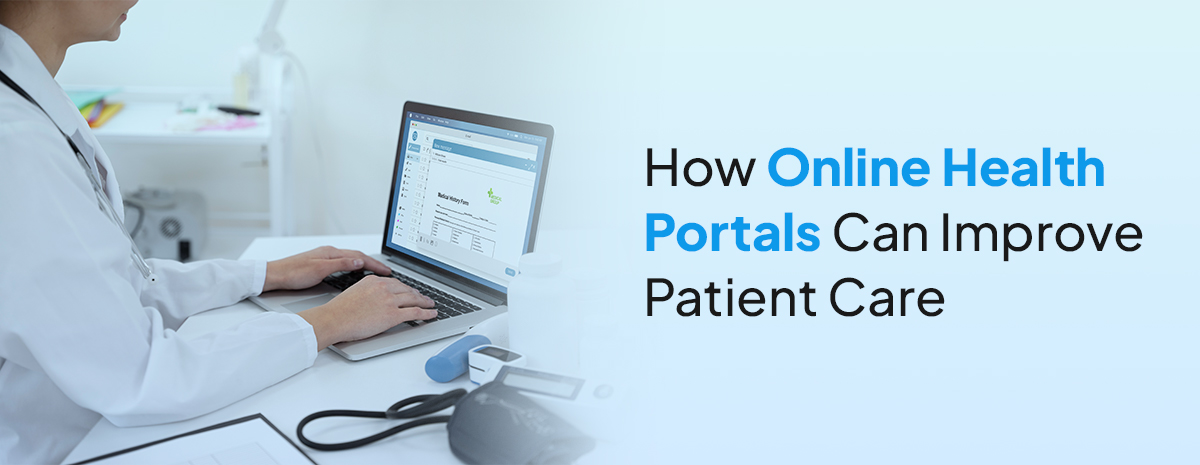5 Benefits of Medical Billing Software
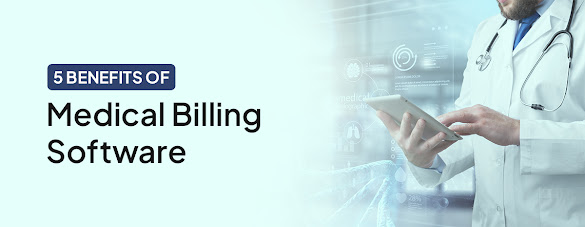
Claim handling and efficient medical billing are fundamental to profitable healthcare practice. As you may be aware, it is not practical to sift through piles of paperwork while searching through physical files for information to process information for medical billing. These procedures are highly time-consuming and prone to errors. So, medical practices cannot attain the efficiency they desire. Nevertheless, medical billing software is transforming how medical practices process and track claims. The right software also provides powerful tools to make billing smoother and more streamlined. It helps your practice run efficiently, see more patients, and generate revenue faster. Such software offers a plethora of benefits for all types of practices. Let us study some of these benefits here: 1. Minimizes Paperwork and Errors Billing software is becoming increasingly popular in the medical field as it is replacing paperwork in a big way. Even smaller practices opt for a better way of handl...
